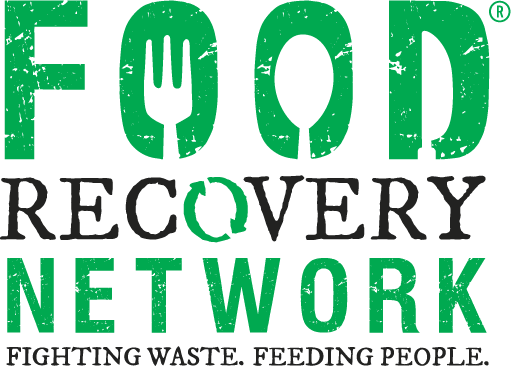On O’ahu, Hawai’i, the small but mighty team at Aloha Harvest makes a monumental impact by recovering food and redistributing it across the island. Their work is vital because about 88% of the food consumed in Hawai’i is imported, not produced on the islands themselves. Food insecurity in Honolulu county currently sits at 11.4% and food waste is of special concern from both a logistic and environmental standpoint. This makes it all the more pressing to reduce food waste through recoveries, which Aloha Harvest does in a remarkably efficient fashion.
Ku’ulei Williams, the Executive Director of Aloha Harvest for over 10 years, speaks to the commitment of Aloha Harvest to make food recovery accessible. Aloha Harvest was modeled after City Harvest in New York City, which was designed to meet the needs of an urban community in a condensed space. City Harvest’s founder Helen verDuin Palit was brought to O’ahu for a year, by the Hau‘oli Mau Loa Foundation, to start a food recovery program. Though one might not initially think of NYC and O’ahu as similar places, located thousands of miles apart, with different climates, geography and populations,their needs for a mobile and dynamic food recovery program were much the same.
Aloha Harvest began operating with the same structure as City Harvest, utilizing trucks to pick up food from donors and delivering it that same day to recipients all over the island. Currently, Aloha Harvest uses two 16 foot refrigerated trucks.They also just added a high top van to their operation which helps them move freely on the one way streets of Waikiki, where larger vehicles are prohibited. With only these vehicles, three drivers, two recovery helpers, four office staff, and a few volunteers, their team accomplishes the incredible feat of recovering two million pounds of food a year.
Aloha Harvest strives to make food recovery easy and rewarding for their donors and recipients, so that they can all work towards increasing food security and environmental sustainability. In recent years, there has been an increased environmental focus on food recovery efforts because O’ahu's landfill, Waimanalo Gulch, is only projected to be viable for another 15 years. “I don’t know if you’re aware,” Williams informed us, “but one head of lettuce takes 25 years to decompose in our landfill, and it releases methane gas, which is worse than carbon dioxide.” Aloha Harvest has always been environmentally conscious, educating their partners about the environmental impact of food recovery so that donors see food recovery as a form of stewardship of their 'Āina, or land.
The drivers’ routes start with two or three pickups each morning. Throughout the day, between two and twelve additional food donors call into the office and are added electronically to the drivers’ pick up schedules. Drivers use tablets to record everything electronically, including the number of pounds recovered from each food donor. This allows them to provide metrics on the total amount of food recovered, and on the pounds recovered from individual donors. For instance, Williams was able to share that Sodexo at the Straub Medical Center, a Food Recovery Verified Account, has recovered 15,295 pounds since June of 2016. These metrics matter to Williams, who also thinks about the monetary value to donors, and feels a responsibility for the food.
Williams has goals to increase the amount of food Aloha Harvest recovers, and to make it more accessible to their recipient agencies. They work with a diverse group of over 170 hunger-fighting agencies, including soup kitchens, shelters, food pantries, and meal programs. Each has unique needs, which the drivers have become familiar with. Drivers try to distribute food according to each agency’s needs, but this isn’t always possible. Currently, the trucks deliver food to the Windward (North and East) side of the island on Monday, Wednesday, and Friday, and to the Leeward (South and West) side on Tuesday and Thursday.
Williams has plans to improve Aloha Harvest’s logistic capability to increase efficiency and further reduce food waste. For instance, a warehouse where the trucks could drop off food between pickups would enable agencies to pick up food themselves on the days that trucks don’t deliver to their side of the island. A staging area, where the food from multiple pickups is taken and sorted, would also allow Aloha Harvest to take more food and store it. For example, Williams described how one food donor gives ices cream, but the trucks have to deliver it right away, meaning that only agencies on the Leeward side get ice cream. A staging area would allow them to hold a frozen item like ice cream, either for pick-up by agencies on the Windward side or to be delivered by a truck going to that side at another time.
It’s no wonder that when Williams speaks to the businesses and agencies Aloha Harvest works with, their overwhelming response is, “We should have started this a lot sooner; you make it so easy.” Aloha Harvest sets an inspiring example for food recovery, as they work to integrate the reduction of food waste into their community, fostering relationships of environmental stewardship while providing food to those in need.

